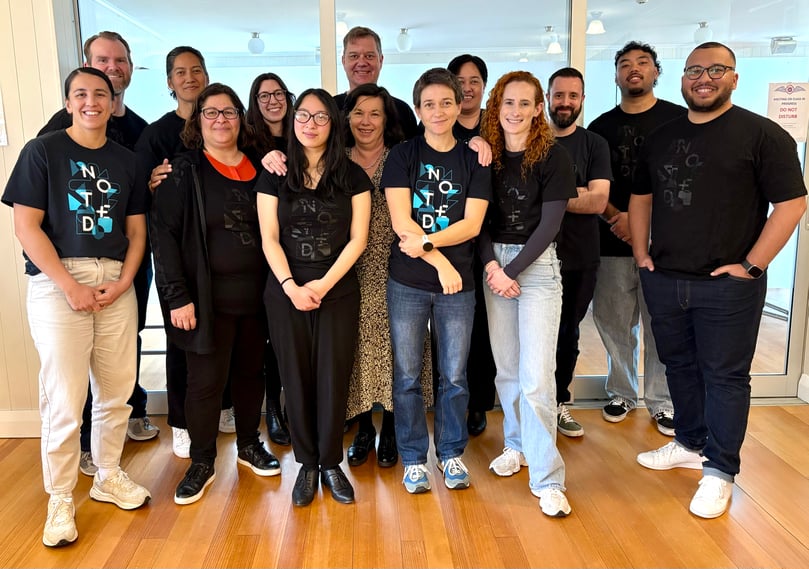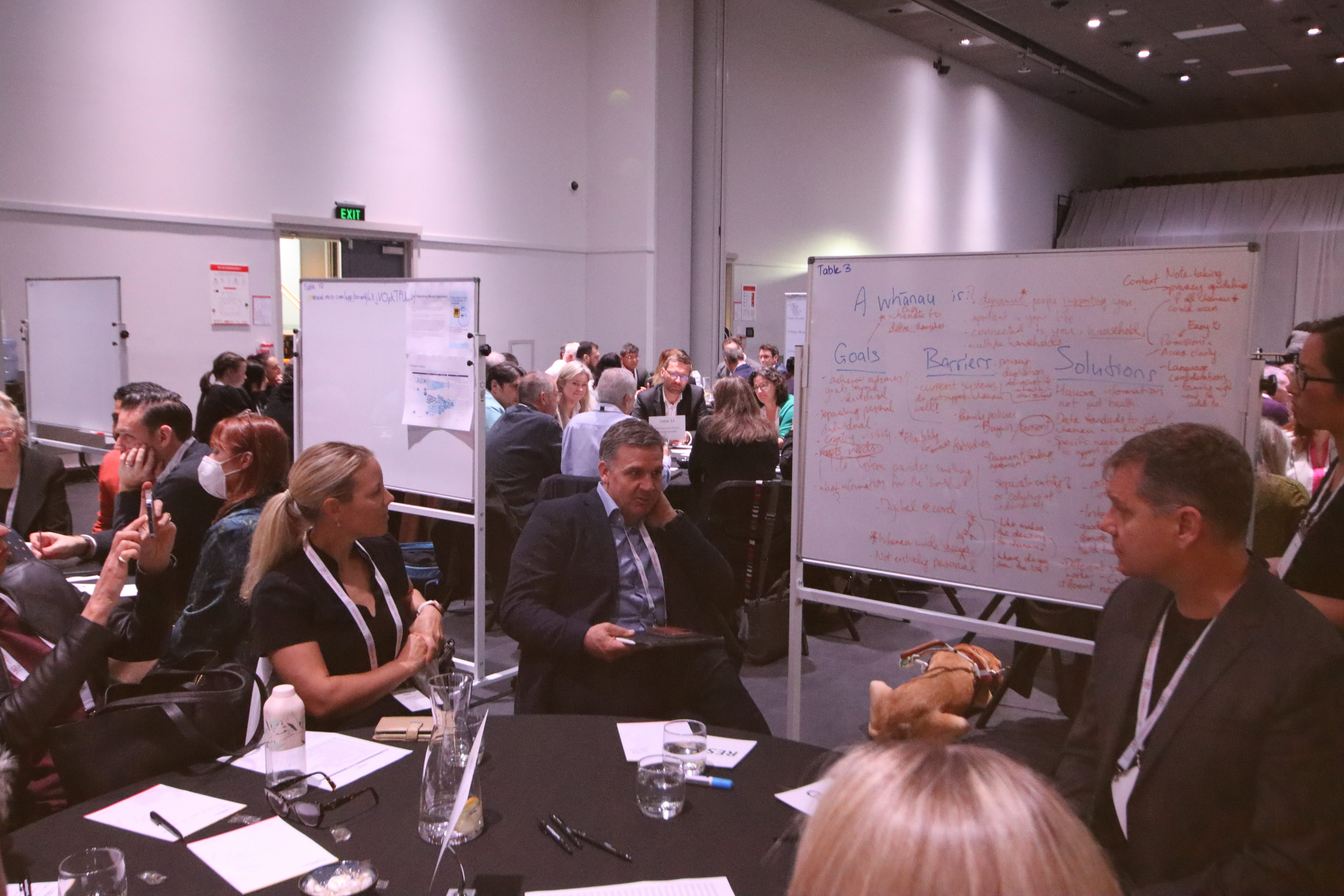On the face of it, choosing a platform such as Salesforce or Microsoft Dynamics with which to build your client management system makes a lot of sense. With a minimum of coding it is possible to put together an interconnected system, with sophisticated components, that can be tailored to support many workflows. What’s not to like?
To paraphrase the Enlightenment philosopher and intellectual Voltaire, “With great power comes great responsibility.” Or as an alternative, “With great flexibility comes great risk.” The ability to create any workflow leaves a lot of really important decisions to make, and any number of ways to go astray.
I personally know of multiple projects built on CRMs that have been costly failures, and I am sure there are many more.
Beyond the inherent risk of creating a solution that doesn’t meet the needs of frontline staff and the organisations they work for, it is also worth considering the additional financial overheads. These will likely include the design and build of the solution, the ongoing overheads of a technical team to maintain the solution, including platform upgrades, and the non-trivial ongoing subscription fees of the platforms.
An alternative to creating a bespoke solution is to adopt a client management platform that has been designed from the ground up to solve the challenges of frontline services - not sales teams. Even better, one designed for the New Zealand context.
I started my journey with client management system design in 2013, and have been engaged fulltime with the Noted project since 2017. Starting off with an idea to capture pragmatic clinical outcomes in case notes without adding to the workload of staff, the scope of the project has continually grown, and with it the number of gnarly problems that have had to be solved, and the size and expertise of the team I have the pleasure of working with.

Most of the Noted team - July 2025
Working closely with leading providers from across the ecosystem we have built an end-to-end solution that solves key challenges, enabling our customers to deliver person and whānau-centric care efficiently and safely, while capturing and surfacing the information required to manage data quality, operations, funder reporting, and to demonstrate impact.
We’ve developed our own taxonomy of data domains and wellbeing aspects, workflows, access controls, and data discovery tools. We’re also on a journey to seamlessly integrate Noted with the wider health and social ecosystem.
What we have built works really well! In part, I put this down to making some brave design decisions, where we’ve taken novel approaches to solving some of the most complex challenges. It is also the result of over 10 years of quietly iterating over the product, taking on feedback from our valued customers and tweaking our solution to meet their needs. I don’t believe there is any way to fast track this process.
You may be wondering how one product can suit the needs of organisations ranging from commissioning agencies to small NGOs. Happily, there is a great deal of commonality between the requirements of community-based health and social providers. What we have discovered is that, with the inclusion of a configuration layer, we can use a single, modular product for all our customers.
Leveraging years of experience with configuring the system to the needs of customers, our team of consultants has created standardised approaches for everything from tracking people through multiple service pathways to wellbeing plans, and note taking. These are all tailored on a team-by-team basis to ensure that every user is set up for their needs.
As Noted is a New Zealand company that has spent its entire lifespan focussed on our country, the language, concepts, and work flows already reflect the needs of providers in Aotearoa. Our customer team are all from the sector in New Zealand, so they have a deep understanding of our customers, how they work, and the challenges they face.
Given that the product already exists, configuration is relatively fast and the cost of setup is low. Meanwhile, we take full responsibility for maintaining and constantly extending the product, as well as handling security and backups. This relieves many of our customers of the cost of an IT team and reduces risk. Noted’s subscription fees are competitive too.
I am not saying there is no place for CRMs. If a bespoke workflow is required then they absolutely have their place. In some cases, a hybrid solution may well be ideal, for example where Noted is integrated with back office functionality it doesn’t currently provide.
That said, if a system for frontline health and social services is required, Noted is able to offer a configurable platform without the risk. Our customers know what they’re getting before they commission us.






